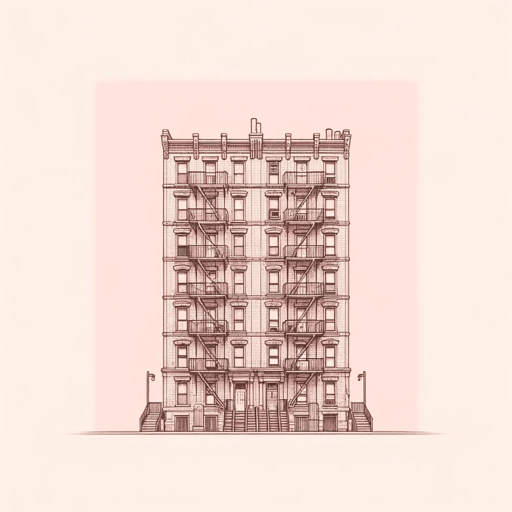47 pages • 1 hour read
Jacob RiisHow the Other Half Lives
Nonfiction | Book | Adult | Published in 1890A modern alternative to SparkNotes and CliffsNotes, SuperSummary offers high-quality Study Guides with detailed chapter summaries and analysis of major themes, characters, and more.
Chapter 9Chapter Summaries & Analyses
Chapter 9 Summary and Analysis: “Chinatown”
Riis describes Chinese immigrants in pejorative terms and claims that “Chinatown as a spectacle is disappointing,” for it is too sterile because it bears the “stamp” of the laundry and thus lacks the colorful squalor of the Italian-dominated Mulberry Street Bend (93). Riis describes the Chinese occupants of New York City’s tenement houses as distrustful of outsiders, addicted to gambling, Christian only for opportunity’s sake, and thus probably “unassimilable.” Worst of all, however, Riis continues, is the opium den, which seduces large numbers of underage white girls, the “white slaves of its dens of vice” (95). A photograph (“In a Chinese Joint”) shows a man, sleeping or passed out on the floor of an opium den, his hat covering his face, pipe and drugs nearby. Another photograph (“The Official Organ of Chinatown”) shows a lone Chinese man standing next to a telegraph pole, on which are plastered sheets or scraps of paper containing information, mostly about gambling. Riis claims that the Chinese immigrants “consider themselves subject to the laws of the land only when submission is unavoidable, and that they are governed by a code of their own” (101). In light of the Chinese immigrant’s supposed cunning, addiction to gambling, intense desire to be left alone, corrosive effect on young white girls, and as a “constant and terrible menace to society,” Riis suggests that Chinese men should be required to bring their wives as a condition of entrance into the United States, stating that it is their only prospect for assimilation (102).

